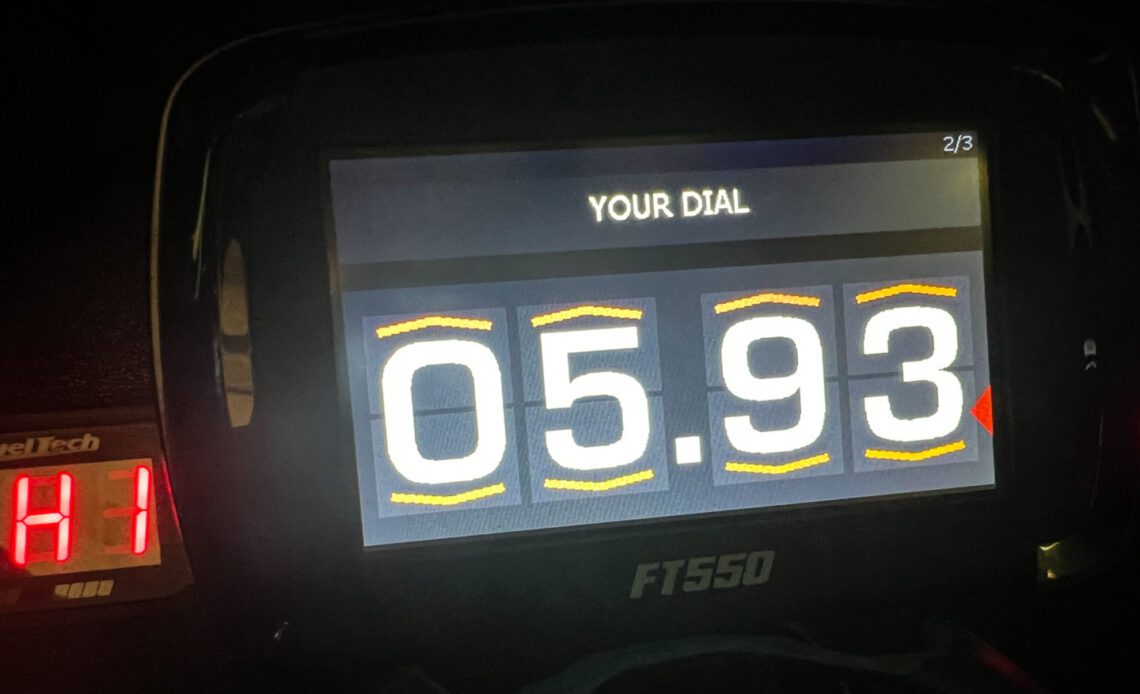On the surface, bracket racing looks simple: declare a dial-in and run the number. But there’s so much more to it than that. There are plenty of strategies and tricks that go into bracket racing, especially the classes that allow technological driver aids. Today, we’re going to talk about how bracket racing aids work and, specifically, those that are built into FuelTech’s line of ECUs to appeal to the sportsman drag racing crowd.
We’ve built our Project Number Cruncher Firebird to be an EFI bracket racing machine. The FuelTech FT550 ECU we’re using to control the engine is packed with some great features to help bracket racers. Displaying a commitment to FuelTech-the-world, FuelTech has consolidated a delay box, throttle stop, starting line enhancer, and even a practice tree all into a single package.
Delay Box
The delay box is a piece of technology that’s used by every top-bulb bracket racer the world over, but what exactly does it do? Some think a delay box runs on black magic and does the work for you, but in reality, all it does is insert a pre-programmed delay into your starting sequence. When you’re using a delay box, you don’t have to wait for the tree to run through its full sequence and leave off the bottom bulb. Instead, you react to the first bulb in the tree’s sequence, and the delay box will hold your car in position until the amount of time you have input expires.
Andre Nunez from FuelTech provides a great real-world example of how a delay box actually works.
“So, let’s say you cut a .020-second light with the delay sequence you have in the box. If you have one second of delay, that’s probably low, but it makes a nice round number for this example. So to be perfect, you’d have to take the .020 out of your delay, assuming you hit the tree consistently each time. That means you’d have to change your delay to .980 to be perfect each time. Technically, if you stage the car the same, and hit the tree the same, your reaction time should improve by the same amount you pulled out of your delay number.”
A delay box allows you to change a number in the box, versus making a physical change to the car to alter the reaction time. – Andre Nunez, FuelTech
A modern delay box will have bump-up and bump-down functions. You would use the bump-up function to add time to the delay you set, and bump-down to subtract. You can use the bump-up and down functions from the time your delay starts, right until your vehicle…
Click Here to Read the Full Original Article at DragzineDragzine…

